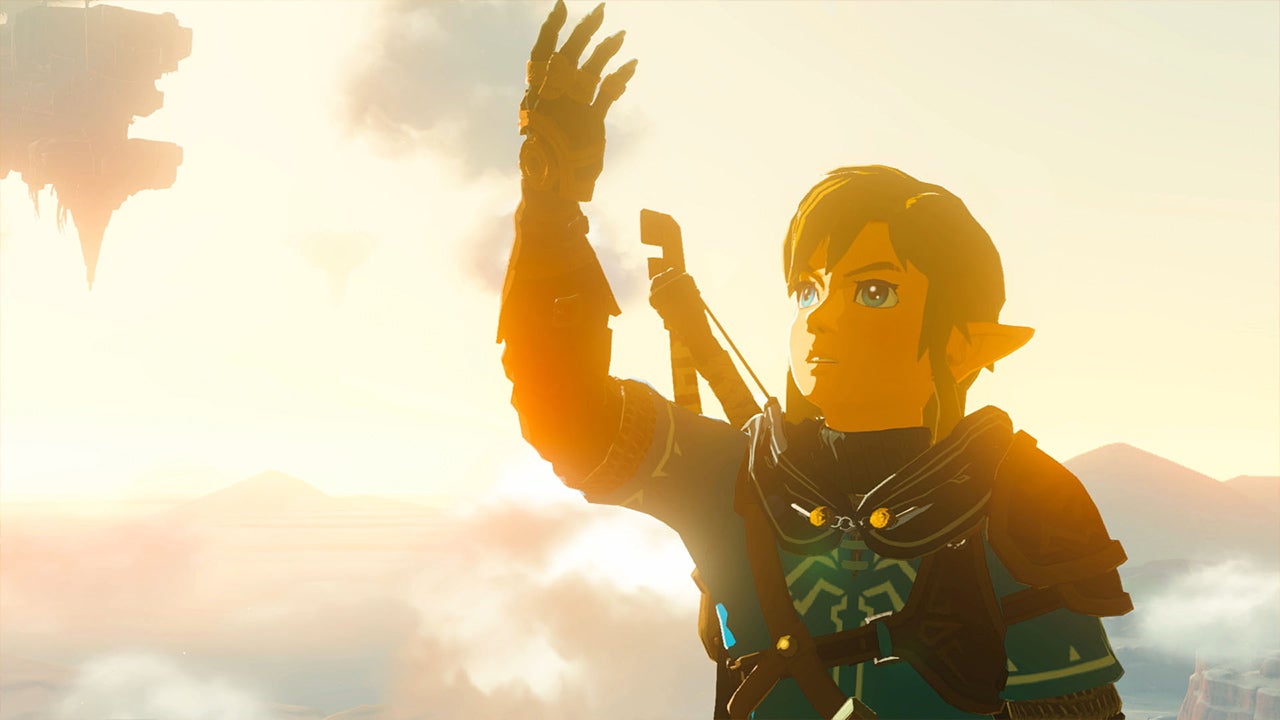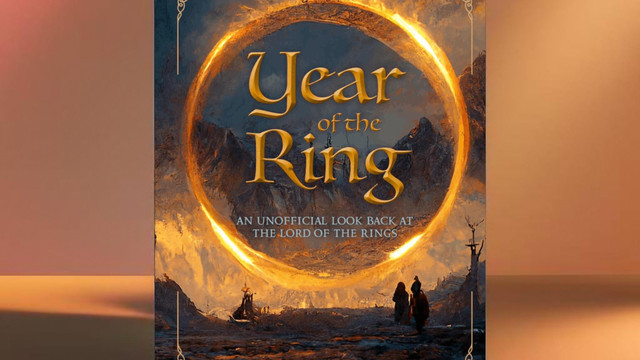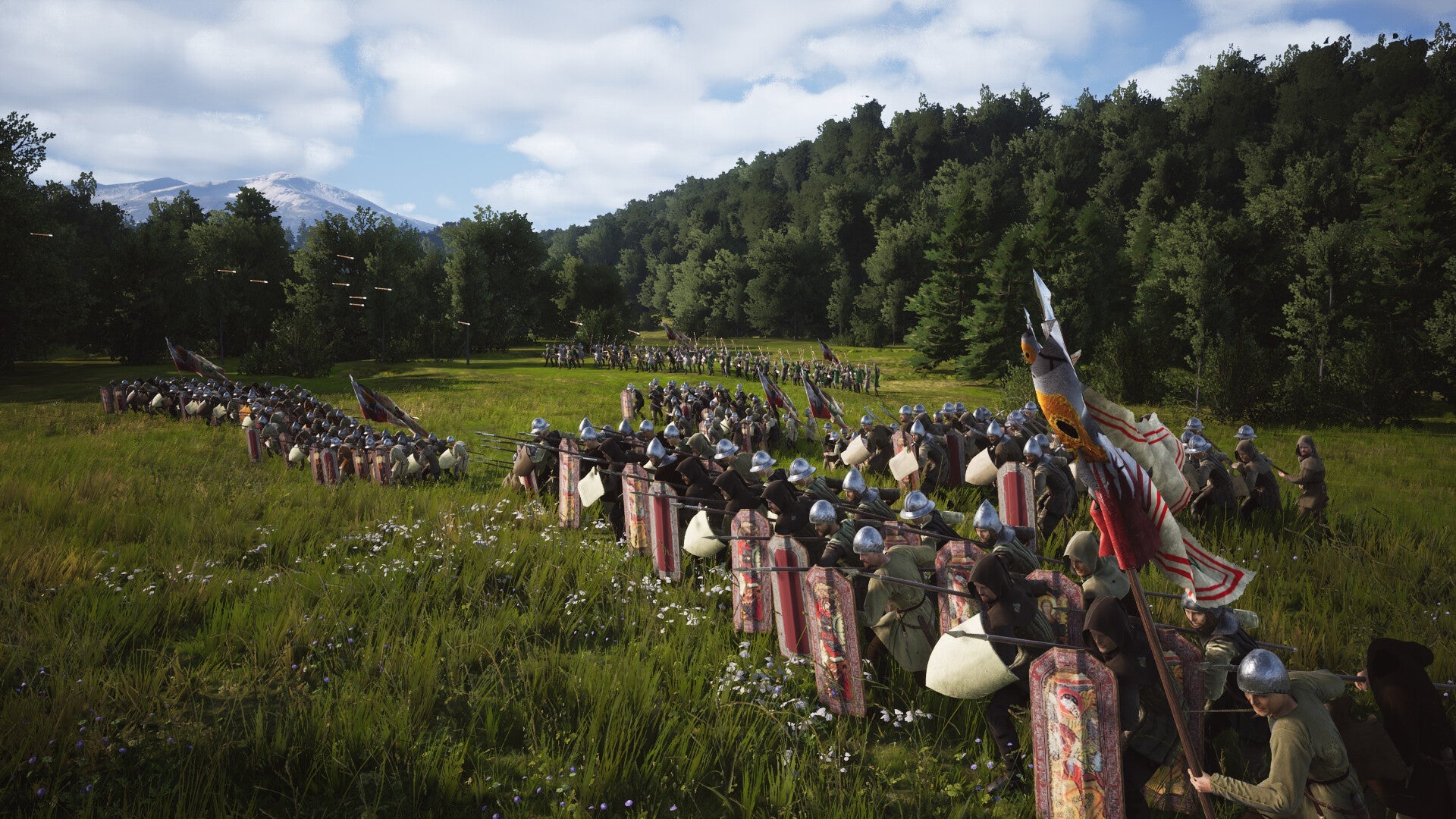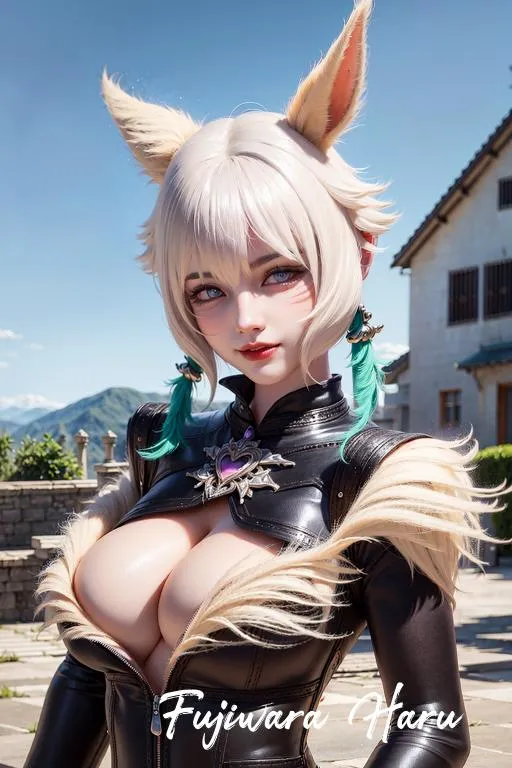There's no denying that The Legend of Zelda: Tears of the Kingdom is a technical marvel. Sure, it may not look as pretty as its AAA contemporaries on the other consoles, but Nintendo's impressive physics and mechanics under the hood impressed game developers across the industry when Tears of the Kingdom launched last year.
As it turns out, developing a physics-driven world where the player can glue together anything they want was incredibly difficult, and Nintendo is finally pulling back the curtain on some of the reasons why. During Nintendo's Tears of the Kingdom panel at GDC, Senior Director Takuhiro Dohta, Sound Programmer Junya Osada, and Physics Programmer Takahiro Takayama explained how Tears of the Kingdom's impressive world came to be.
An Entirely Physics-Driven World
The developers explained that the philosophy behind both Breath of the Wild and Tears of the Kingdom is something they call "multiplicative gameplay", where action and objects come together to create countless possibilities. When it came time to begin development on Tears of the Kingdom, the Zelda team felt there was potential to enhance that philosophy by allowing players to stick multiple objects to each other. This idea would eventually be finalized as Link's Ultrahand ability, but it was a long road to get there.
"When I first saw the prototype, I was excited that this was going to be a great game, but this was going to be very, very difficult," Takayama said. "I said to myself, 'Are we really doing this?'"
But the team had the courage to push forward, guided by two main goals: to create an entirely physics-driven world, and to create a system where unique interactions happen without any dedicated implementation.

Nintendo shared early glitchy prototypes like throwing a stone onto a cart and horse, causing it to zip straight into the air. Takayama said the freedom Ultrahand offered caused chaos in Hyrule during development: "I would hear things like, 'It broke! It went flying!' And I’d respond with, 'I know! We’ll deal with it later!'”
The solution to many of the issues Nintendo faced was to remove all non-physics items and make everything physics-driven. One example of this is gates, which were originally not physics-driven, making it difficult to navigate while using Ultrahand. So, Nintendo changed how gates function to fix the issue.
Interestingly, changing the way gates worked led to unexpected discoveries within Nintendo. One of the most joyous parts of Tears of the Kingdom is discovering unintended solutions to puzzles within Hyrule's many Shrines, and it turns out Zelda developers themselves got to experience that same feeling during development. One Shrine originally had to be solved by weighing down a switch using a block of ice, but with the new gate technology, the developers discovered you could completely avoid the switch and still solve the puzzle.
A System That Makes Fun Things Happen
Dohta emphasized that rather than creating something fun, Nintendo wanted to create a spontaneous system that makes fun things happen. This idea permeated throughout Tears of the Kingdom's different systems, including creating a system to make objects move, a system that makes noises sound a certain way, or a system that causes unique interactions.
This also translated to Tears of the Kingdom's vehicles, where Nintendo implemented a system where players can create a vehicle themselves using wheels, steering sticks, and whatever else they can find. The whole staff had to work together on these items, as complex objects like wagons were designed based on the physics first and foremost, leaving the artists to create the best possible look for them. The team had a testing room to make sure all of the objects were working at any given time, and the developers on stage said working with designers and artists who understood the vision was essential to bring Tears of the Kingdom's world to life.

The sound design in Tears of the Kingdom is also incredibly complex. Osada explained that the world contains voxel information to create a 3D terrain. Voxels are data points on a 3D grid that store information. In Zelda, each voxel sources information about the terrain, like if it's inside or outside, near water, near a forest, if Ascend is possible, and more. A search algorithm determines how sound interacts with the voxels, like sound changing when an object is behind a wall.
Just like the design philosophy for the rest of the game, sounds in Tears of the Kingdom play in a system without dedicated implemenation, and in some cases abstract sounds combine to create something entirely new. For example, there is no dedicated wagon sound or paddle boat sound, these sounds are created by the wheels rolling or rotating on the water, with the quality changing based on the size, shape, and material. Osada said, "It’s making sounds that I have no memory of creating! Even the director told us, 'This is basically a physics engine for sound, isn’t it?'”
Tears of the Kingdom is incredibly complicated, and the aspects the developers touched on during the GDC panel barely scratch the surface of everything going on at once in Hyrule. It's no wonder the Zelda sequel took home IGN's award for the Best Game of 2023.
For more on Zelda, check out our interview with Tears of the Kingdom director Hidemaro Fujibayashi and series producer Eiji Aonuma.
Additional reporting by Kat Bailey.
Logan Plant is IGN's Database Manager, Playlist Editor, occasional news writer, and frequent Super Ninfriendo on Nintendo Voice Chat. Find him on Twitter @LoganJPlant.






